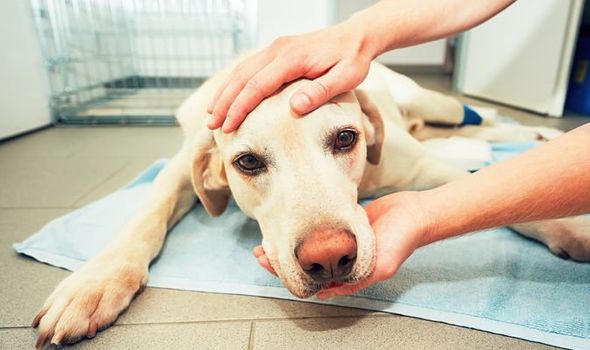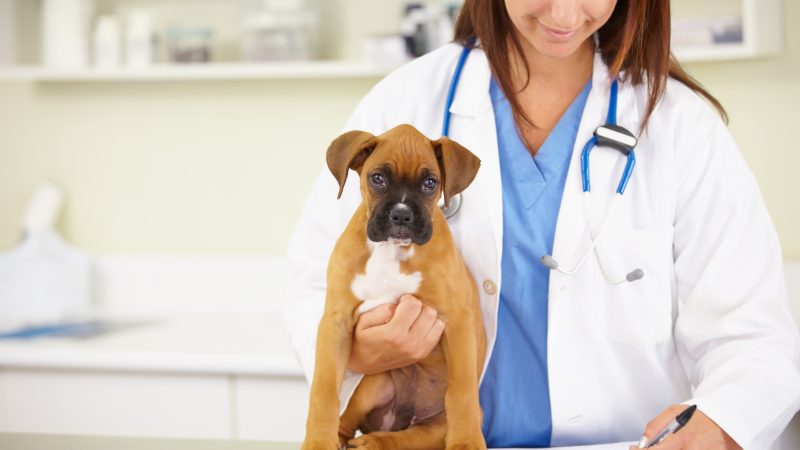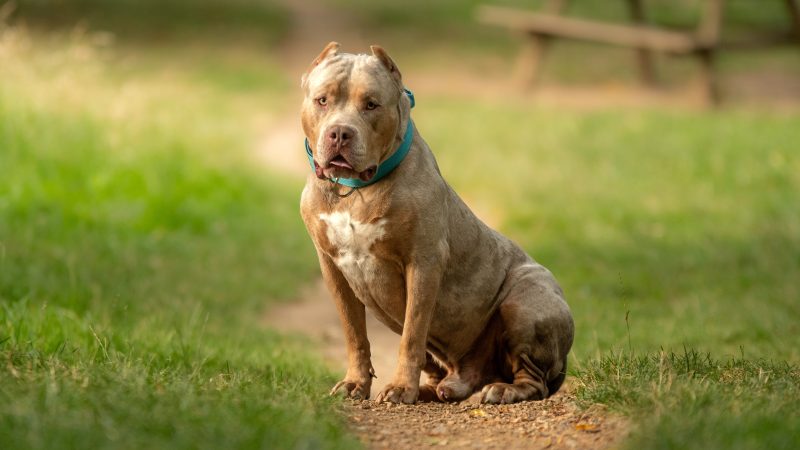Warning over risk of lungworm for pets and cattle

Near-record rainfall this summer and warm, humid days have created a perfect storm of slugs and snails , with vets waning of a the potential impact on curious pups who try to eat them.
July was one of the UK’s wettest Julys on record, while August has also been a mixed bag of sunshine and rain.
But while the warm, wet weather has been disappointing to many, the conditions have also sparked concerns of lungworm among dog owners.
Sean McCormack, head vet at custom dog food company tails.com, warned that cases of lungworm are likely to be more prevalent in dogs this year, and that owners needed to be vigilant.
“Once they have entered the body and migrated through the tissues, they can cause serious harm to your canine’s heart and lungs,” he continued.
“This is because the larvae release a chemical that stops the blood from clotting when they enter your dog’s blood vessels, leaving them at risk of internal bleeding that if left untreated or undiagnosed, could prove to be fatal.”
The warning comes after staff in the Parasitology Section of the Veterinary Sciences Division, AFBI, have noted that the incidence of lungworm infection in cattle is unusually high this year, likely caused by the wet weather in July which, together with the summer temperatures, has created an ideal environment for the survival of lungworm larvae and build-up of high levels of infection on pasture.
While lungworms in cattle apparently remain susceptible to destruction by all of the commonly used anthelmintics, in recent years there has been a tendency for lungworm infection to occur in older cattle because treatment with long-acting anthelmintics during the first grazing season has prevented calves from being sufficiently exposed to lungworm infection to develop immunity. Therefore clinical infection can appear in the second, or even in subsequent years at grass, if the pasture is heavily contaminated with larvae.
Affected cattle should be treated as early as possible, with veterinary advice, when signs of coughing or rapid breathing are first seen in the group. This is because severely affected animals may either not respond, or symptoms may be exacerbated, as dead or dying larvae block the lower airways. Indeed, heavily infected animals sometimes die soon after treatment, as the airways become occluded by inflammatory debris and degenerating worms.
Treated cattle should be removed from infected pasture and transferred to clean pasture, if available, or housed in well-ventilated facilities. Whatever treatment is selected, it is advisable to divide affected calves into two groups, as the prognosis will vary according to the severity of disease.







